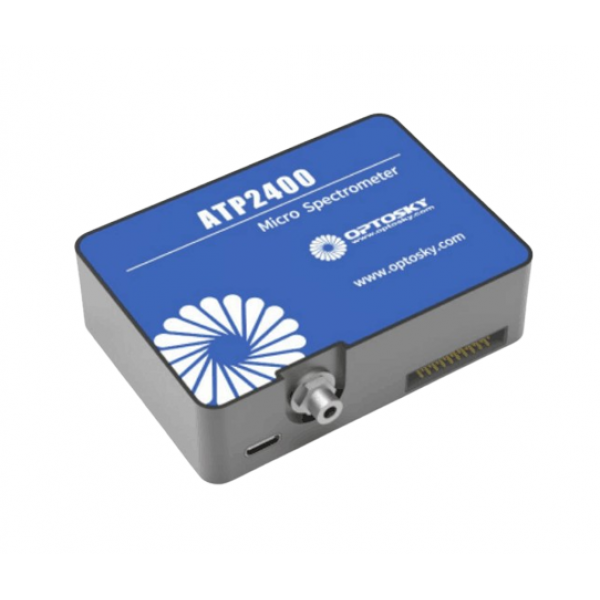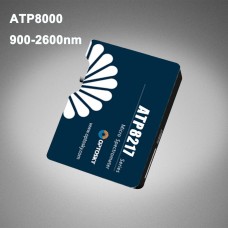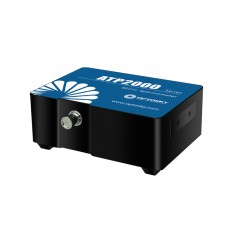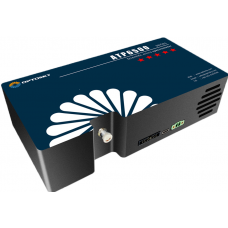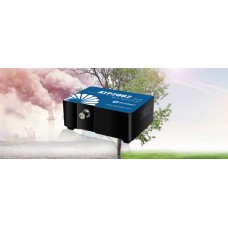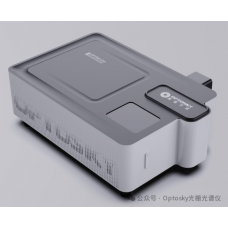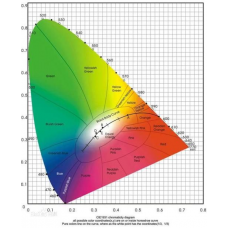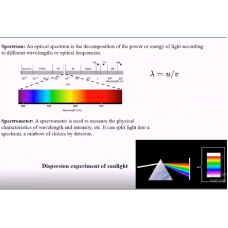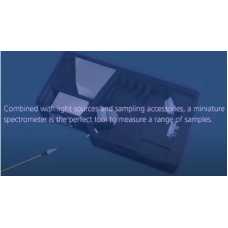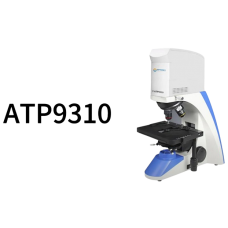With 20 years of experience in developing fiber optic spectrometers, Optosky presents the next generation of high-performance ultra-thin fiber optic spectrometers: the ATP2400SH. The ATP2400SH is extremely small and lightweight. It features a built-in pulse xenon lamp driver circuit, a high-sensitivity linear CMOS detector, and a specially designed ultra-low noise CMOS signal processing circuit, significantly reducing sensor noise and achieving an excellent signal-to-noise ratio (approximately twice that of similar competitors). This improvement enhances the measurement reliability of the ATP2400SH, ensuring that the measurement results remain stable regardless of environmental temperature changes, reaching the industry's best standards.
The ATP2400SH can receive light input through an SMA905 fiber or free space and output the measured spectral data via a USB 2.0 or UART port. The ATP2400SH offers a very fast frame rate: USB 2.0 (2Kfps) and RJ-45 (4Kfps). It only requires a 5V DC power supply or USB power, making it very convenient for integrated use.
| Detector | |
| Detectable range | 180-1100 nm |
| Full scale range | ~200 ke- |
| Pixel dimension | 14μm×200μm |
| Type | Linear CMOS |
| Effective pixels | 2048×1 |
| Sensitivity | 1300 V/(lx•s) |
| Dark noise | 0.4 mV RMS |
| Optical parameter | |
| Optical resolution | 0.1-2 nm (Depends on slit, spectral range) |
| Incident Interface | SMA905 Optical fiber interface, free space |
| Dynamic range | 3000:1 |
| Working humidity | < 90%RH (No condensation) |
| Slit Size | 5、10、25、50、100、150、200 μm Optional, other sizes can be customized |
| SNR | >450: 1 |
| Optical Design | f/4 cross asymmetric C-T optical path |
| Electrical parameter | |
| Integration time | 0.03 ms ~ 130s |
| Interface | USB 2.0 or RJ-45 |
| Supply voltage | DC4.5 to 5.5 V (type @5V) |
| Operating current | 250mA@Typ. |
| Storage temperature | -30°C to +70°C |
| Operating temperature | -30°C to +70°C |
- Ultra-small, ultra-thin, ultra-light
- Fiber optic input and signal output on the same side, very convenient for integration
- Detector: Linear CMOS
- Detector Pixels: 2048 pixels
- Ultra-low noise CCD signal processing circuit
- Maximum spectral range: 180-1180 nm (customizable)
- Spectral resolution: 0.1-2 nm (depending on spectral range and slit width)
- Optical Design: Crossed C-T
- Built-in pulse xenon lamp driver
- Integration time: 0.03ms-130s
- Power supply: DC 5V±10% or USB powered
- 16-bit, 2MHz ADC
- Optical input interface: SMA905 or free space
- Data output interface: USB2.0 (High speed) or RJ-45 interface
- 20-pin dual-row programmable expansion interface
- spectrophotometer
- Environmental Science:Environmental instruments (flue gas, water quality)
- Transmittance and reflectance detection
- Spectral analysis / radiation spectroscopic analysis / spectrophotometric analysis
- Laser wavelength measurement
What are Low Cost spectrometer from Optosky?
ATP1XXX & ATP2XXX belongs to low cost spectrometer.
ATP1000 350-1100nm, replace STS
ATP1010 180-1100nm, replace STS and UV enhanced
ATP1012 Xenon lamp driver built-in upgrade from ATP1010
ATP2000P 180-1100nm, higher performance than USB2000+
ATP2000H high speed rate up to 2K or 4K Hz
ATP2002 Xenon lamp driver built-in upgrade from ATP2000P
ATP2100 highest SNR, wave shape can be edited
ATP2110 Water quality analysis spectrometer
ATP2200 180-1100nm, compete with Flame
ATP2400 ultra thin, smaller than USB2000+ performance higher, replace USB2000+
How many topology structure of optical path for a spectrometer?
There are commonly divided into 4 types of optical path, including crossed C-T, M-shape C-T, concave grating optical path, transmittance grating opitcal path.
Crossed C-T: ATP2000P,ATP2002, ATP2400, ATP1010, ATP5020P, ATP5040, ATP6500
M-shape C-T: ATP3030, ATP3034, ATP3330/4 ATP5030, ATP5034, ATP5330/4
Concave grating: ATP4230, ATP4020, ATP4050, ATP4070
let's see the M-shape optical path looks like a number "3", so our models uses the 3rd number "3" to indicate M-shape optical path models.
In generally, topology structure can decide resolution, sensitivity, stray light, and size of a spectrometer.
Crossed C-T topology structure employs better sensitivity and compact size.
M-shape C-T employs higher resolution and better stray light.
Concave grating optical path employs high stray light.

